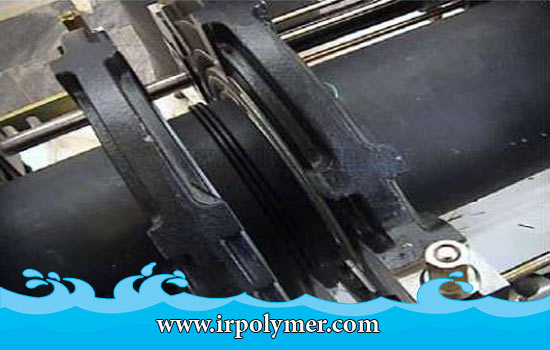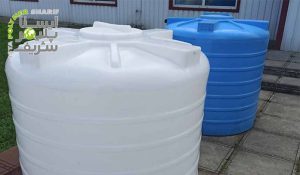Polyethylene Welding Training is the subject we will discuss in this article from ABtank. Polyethylene is one of the most common, abundant, and cost-effective polymers with a wide range of applications. They come in various grades and are produced with different densities. For example, HDPE (High-Density Polyethylene) has a high density, is unbranched, and has a high crystalline degree, making it linear. In contrast, LDPE (Low-Density Polyethylene) has a low density and is branched. PE 80 and PE100 are common commercial grades. One of the fundamental applications of polyethylene is in water, sewage, and gas pipes, as well as polyethylene tanks. In urban areas, the need for water and gas distribution networks is addressed with polyethylene pipes. This is because polyethylene offers numerous advantages including lightweight, ease of transport, rapid installation, high corrosion resistance, resulting in a long lifespan, ease of maintenance, cost-effectiveness, and quick and simple welding for water tanks.
Polyethylene Welding Methods
Regarding polyethylene welding, which is crucial for connecting water and gas networks, it is important to know that polyethylene can be joined using two methods: cold and hot.
- Cold Method: The cold method uses mechanical fittings to connect pipes and fittings up to 125 millimeters in diameter.
- Hot Method: Welding is performed using a welding machine and operator, also known as electrofusion.
One type of welding is butt welding of polyethylene, which is much simpler and faster compared to metal pipes. Although polyethylene welding is straightforward, proper training and adherence to all safety and standard protocols are essential. For polyethylene welding training, it is necessary to:
- Thoroughly understand and be aware of the machine’s method and operating procedures.
- Be proficient in visual inspection of pipes and the preparation conditions of the polyethylene parts. Besides visual inspection, welding control can be done with destructive and non-destructive testing, which should be performed by an experienced team.
- Follow the welding instructions in sequence.
Requirements for Polyethylene Welding Training:
- The machine must be calibrated and in good condition.
- Prepare specific welding and inspection forms.
- Issue a work permit for the operator.
- In adverse weather conditions such as rain, dust, extreme cold, or heat, welding should be done in a sheltered environment.
- Provide workshop equipment and safety gear such as gloves and helmets, and check the pipe size with the machine’s internal ring.
- Use mains electricity.
- The ends of the pipe must be adequately clamped.
- The heater temperature for heat penetration should be around 200 to 230 degrees Celsius.
- For welding two polyethylene pipes, place them between the machine’s jaws and extend 5 to 7 centimeters of each pipe end from inside the jaws. Tighten the machine firmly so that the pipes do not move under hydraulic pressure.
- Then clean the pipe ends with acetone or a type of alcohol and perform the welding operation.
When the heating time has passed, turn on the hydraulic power, remove the heater from between the pipe ends, and quickly bring the molten ends of the pipes into contact. Apply hydraulic pressure within 10 seconds to ensure the molten pipe ends are fully fused together. Subsequently, carry out the cooling process for the connected pipes.






